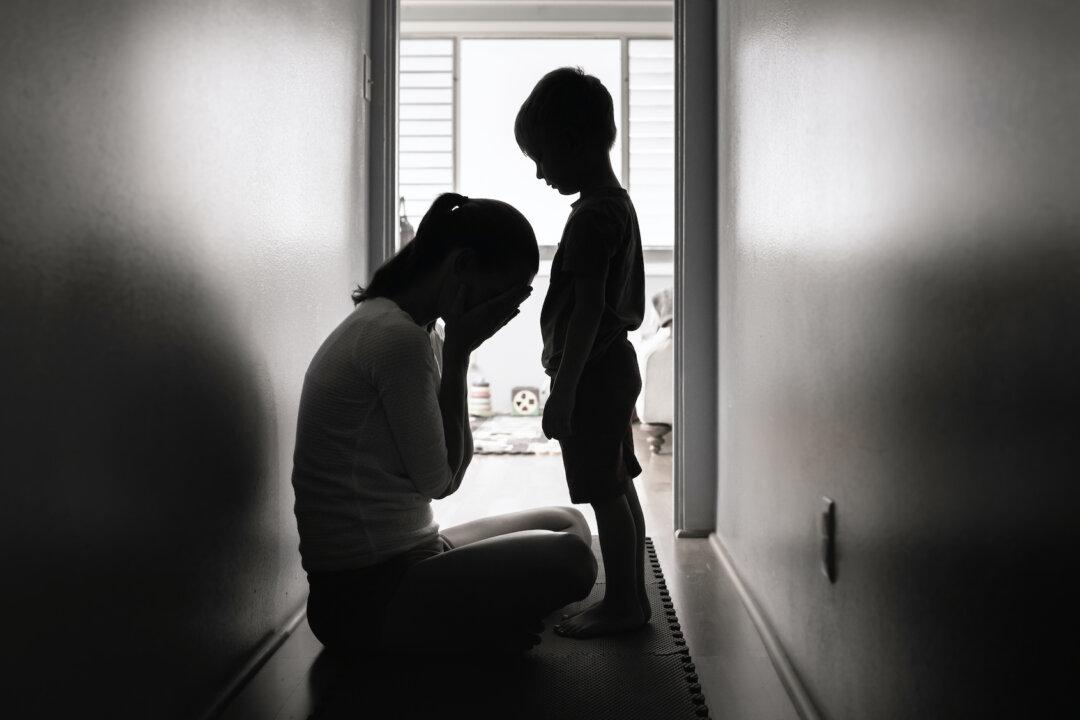Two months earlier, Mita’s partner had died suddenly. “I hate this. I hate it so much. When will it get better?” she asked. Her plea carried the familiar chest-crushing tune of grief. As a widow of three years, I knew too well that the truth would seem incongruous if not insulting. So all I said was, “I’m so sorry.”
The truth is that grief gets better when you’re ready to let it get better.

